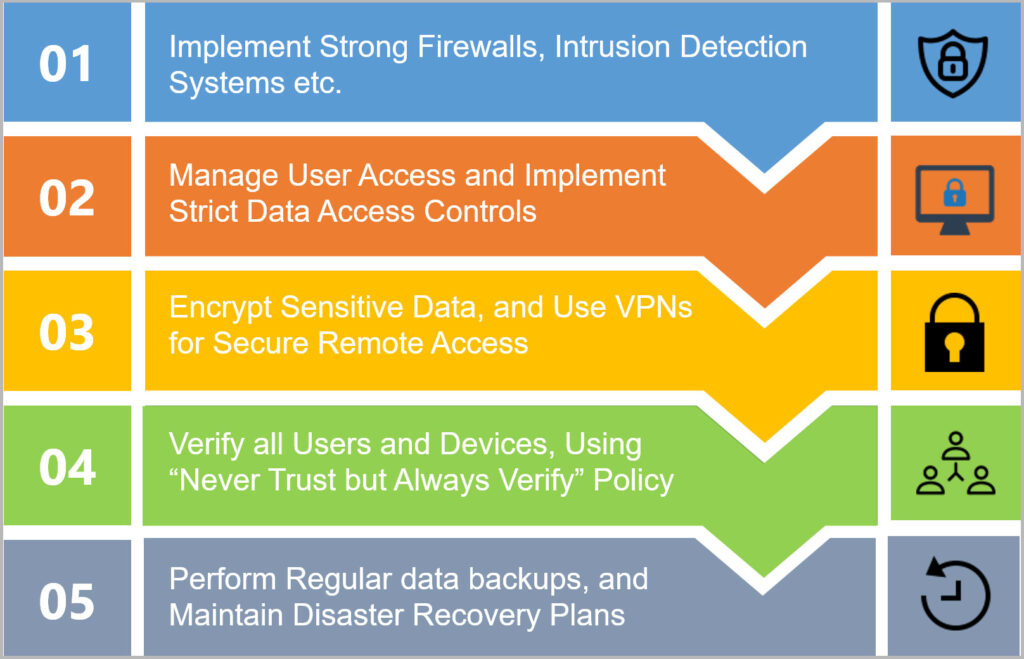Adaptive, Intelligent, and Faster Connectivity: FatPipe SD-WAN’s Pivotal Role in Traffic Management

Both small businesses and branch offices of large enterprises constantly struggle to manage network traffic for the best possible network uptime, latency, and other network key metrics’ SLAs. Efficient traffic management is a must-have for a seamless and responsive network infrastructure. FatPipe Software-Defined Wide Area Networking (SD-WAN) offers a dynamic solution for aggregating multiple heterogeneous network links with numerous possibilities of load balancing traffic across these links for achieving higher network SLAs. It optimizes traffic flows with many techniques, ensuring critical applications get top priority while non-essential data simultaneously navigate alternative routes for enhanced end-user experience.
FatPipe SD-WAN for Seamless Link Aggregation
FatPipe SD-WAN provides flawless network link aggregation with seamless, intelligent sub-second failover from primary line to secondary line without any break or disconnection in Voice, Video, and Data traffic using the patented framework of Multi-Path Security (MPSEC TM). This network intelligence is central to routing specific types of traffic to dedicated links, allowing organizations to maintain high control and flexibility in their network operations.
FatPipe SD-WAN for Traffic Agility
FatPipe’s patented technology dynamically places data sessions on all the lines, including multiple MPLS, DIA, broadband, 4G/LTE, and satellite (and any combination thereof) without the use of BGP or any other dynamic routing protocol to provide the highest levels of security, redundancy and speed for VPNs. This maximizes the data traffic and speeds up data transmission, resulting in better ROI. With this patented technology, FatPipe SD-WAN can intelligently manage traffic over low-cost data lines with rotating / dynamic IP addresses.
FatPipe SD-WAN for Prioritizing Different Traffics
Organizations can be assured that essential or time-critical traffic flows without delays by providing a higher priority value. Even a relatively minor delay could lead to a prominent reduction in service quality of applications. SD-WAN manages temporary traffic by dynamically allocating network resources. It achieves this by intelligently distributing traffic across available links, prioritizing critical applications, and adapting to changing conditions to optimize bandwidth usage.
FatPipe is a leader in the industry for SD-WAN, WAN Edge solutions, and true WAN traffic management. The effective traffic management enabled by SD-WAN is crucial for network optimization, ensuring seamless connectivity, optimal resource utilization, and a responsive, reliable digital environment. FatPipe’s innovative approach is linked to its responsiveness to customer demands, ensuring it remains at the forefront of the industry. With a rich, comprehensive suite of software to customize application traffic on-premise or in the cloud, as well as for remote users and offices, FatPipe offers true WAN traffic management.


 SD
SD
